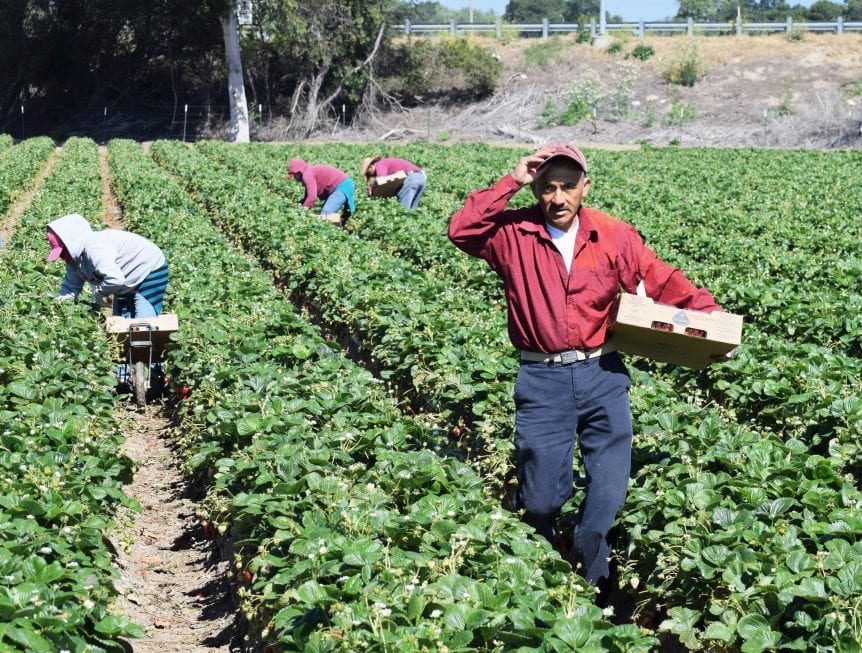Changes in immigration policy may not bring about as much of a positive impact on ag labor as hoped. Farming operations have historically relied heavily on a migrant workforce to supplement the domestic labor pool. Immigration reform has often been called for as a means of addressing challenges in finding enough labor in agriculture. However, innovation will likely have a more pronounced effect on the future of ag labor, as migration patterns continue to shift.
“We will see more H-2A workers coming from Mexico and we will need to see more investments and innovation to make the available labor, to make it more efficient,” said David Magaña, Senior Fresh Produce Analyst for RaboResearch. “Innovation will have to happen either in the form of mechanization and automation, not for the whole process, but probably for parts of the process. So, the workers that are available can be more efficient and we can get the work done.”
CHANGING DEMOGRAPHICS IN MEXICO CREATE FURTHER CHALLENGES
Immigrant ag labor has primarily come from Mexico, which has been highlighted as a reason for reforming immigration policy. However, Magaña said that net migration from Mexico to the U.S. has actually been on the decline since the economic recession of 2008-2009. Lower migration numbers can partially be explained by the natality rate of Mexico declining. Magaña pointed out that the average family size in Mexico in the 1970s was close to seven children. That number has fallen to closer to two children per family, negatively impacting Mexico’s younger population. There are also increased opportunities available in Mexico now, negating some of the desire to migrate to the U.S.
“A lot of these multinational operators have been planting berries, avocados, and other crops in Mexico to be able to provide U.S. consumers with year-round supplies,” said Magaña. “Ag workers in Mexico now have more opportunities and alternatives in Mexico if they want to, for example, harvest berries and live close to their families.”











